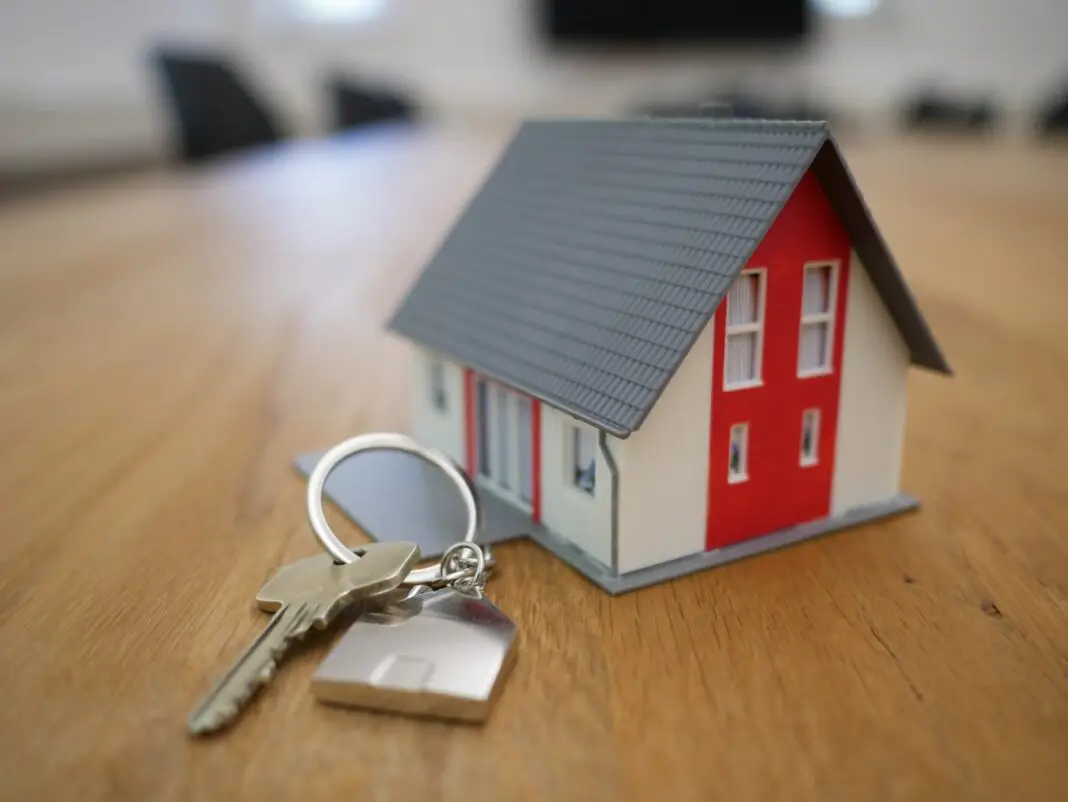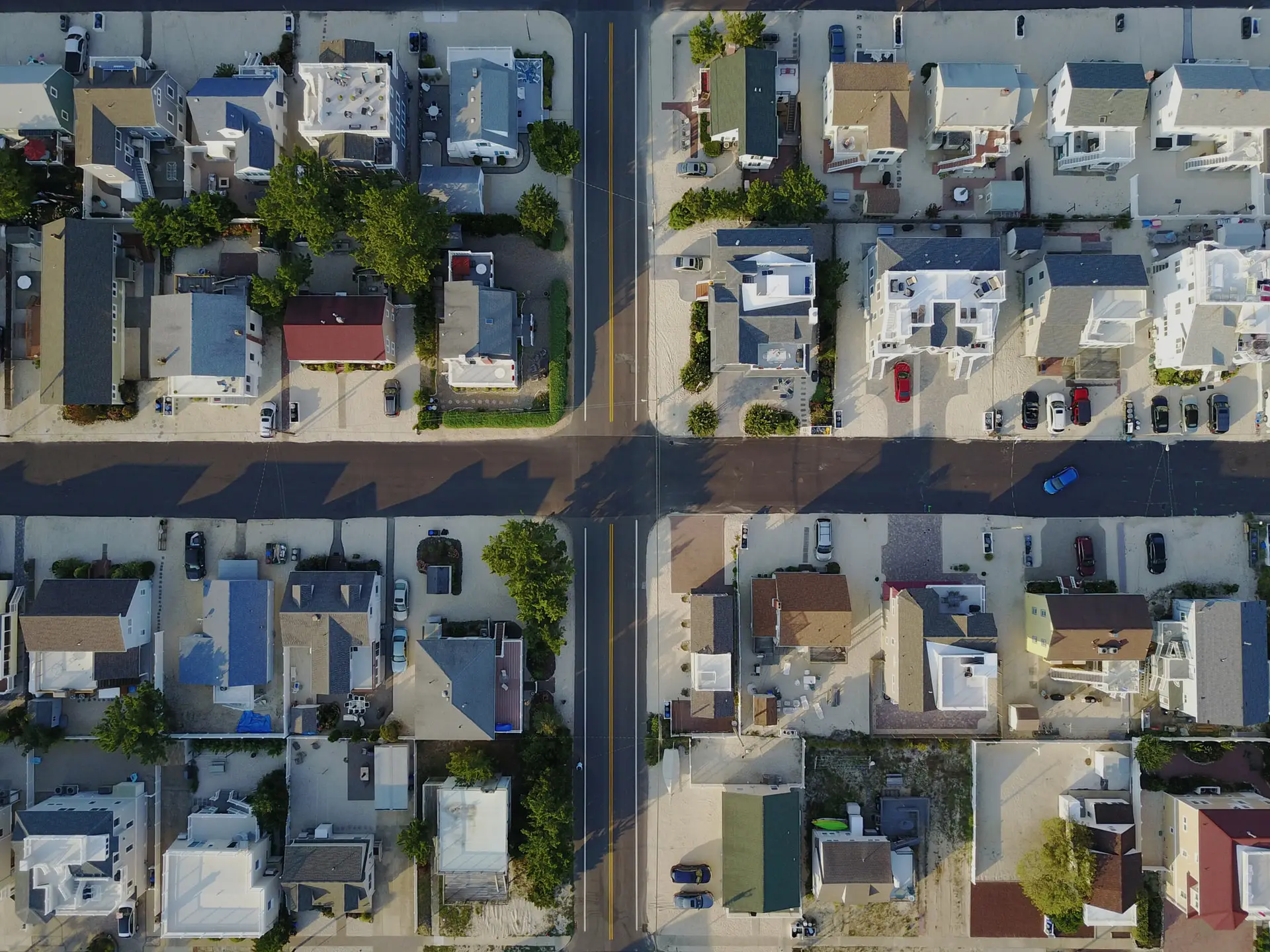“This post may contain affiliate links, if you click a link we may earn a commission if you purchase from that merchant.”
Homeowners insurance is a type of property insurance that covers losses and damages to a person’s home, as well as their belongings and other properties. Liability compensation is included in homeowner’s insurance for incidents that occur in the home or on the property.
Table of Contents
What a Homeowners Insurance Policy Provides
A homeowner’s insurance policy has some standard elements that specify what expenses the insurer would cover, even though they are largely customizable.
1. Damage to the Interior or Exterior of Your House
Your insurance will reimburse you if your house is damaged by fire, floods, lightening, theft, or other insured disasters. Floods, earthquakes, and poor home repairs are usually not covered, and you will need to purchase separate riders if you want that form of coverage.
Freestanding garages, sheds, and other structures on the property could require their coverage, following the same guidelines as the main house.
Clothing, furniture, appliances, and the majority of your home’s other contents are protected if they are lost in an insured disaster. You can also get “off-premises” compensation, which means you can claim missing jewellery anywhere in the world.
However, there could be a limit on how much the insurer can reimburse you. Many insurance providers, according to the Insurance Information Institute, would cover 50% to 70% of the amount of insurance you have on your home’s structure. For example, if your house is insured for $200,000, your personal belongings are covered for up to $140,000.
2. Personal Liability for Damage or Injuries
Liability insurance protects you from third-party claims. Personal liability occurs when you are held legally responsible for an accident that occurs in or outside of your home and results in physical injury or property harm.
If a visitor is injured on your premises, personal liability lawsuits may include medical costs, legal fees, and more, as well as compensation for accidental damage you are legally liable for on someone else’s house.
You will be able to avoid paying out of pocket for accidents like this if you have personal insurance coverage, up to your coverage limits. Personal liability coverage is an integral part of the homeowners or renters insurance policy for this purpose.
Personal liability coverage under your basic homeowner’s insurance policy can protect you in the following situations, up to your policy limits:
- If an accident happens, you can face legal action.
- An individual’s bodily harm.
- Harm to property as a result of your negligence.
Hotel or House Rental While Your Home Is Being Rebuilt or Repaired
While it is unlikely, if you are forced to leave your home for an extended period, this would be the best insurance you have ever bought. Additional living expenses compensation reimburses you for rent, hotel rooms, restaurant meals, and other incidental expenses incurred when waiting for your home to be habitable again.
Different Types of Homeowners Coverage
There is no such thing as “universal” insurance. The cheapest homeowners insurance would almost certainly have the smallest amount of coverage, and vice versa. There are many types of homeowners insurance in the United States that have become industry standards; these are called HO-1 to HO-8 that include different levels of protection based on the needs of the homeowner and the type of residence covered.
There are three levels of coverage in general
1. Actual cash value
After depreciation, actual cash value covers the expense of the house plus the value of your belongings (i.e., how much the items are currently worth, not how much you paid for them).
2. Replacement cost
Replacement value plans protect the entire cash value of your house and belongings without depreciation, allowing you to repair or rebuild your home to its original condition.
3. Guaranteed (or extended) replacement cost/value
This inflation-buffer scheme is the most robust, paying for whatever it costs to fix or rebuild your house, even if it exceeds your policy cap. Certain insurers offer an expanded replacement, which provides more coverage than you purchased but with a cap; normally, the cap is 20 percent to 25 percent higher than the limit.
Some experts believe that all homeowners should purchase guaranteed replacement value plans as you don’t just need sufficient insurance to cover the value of your home; you also need enough insurance to restore it at current rates. Many buyers make the mistake of insuring just enough to cover the mortgage, but that usually equates to 90 percent of the home’s worth. Given the ebb and flow of the economy, it’s still a smart idea to insure your home for more than it’s worth.
What Isn’t Covered by Homeowners Insurance?
Although most situations where a loss could occur are covered by homeowner’s insurance, certain incidents are usually exempt from plans, such as natural disasters or other “acts of God,” as well as acts of war.
What if you live in an environment prone to flooding or hurricanes? Or maybe an earthquake-prone region? For both, you’ll need riders or an additional policy for earthquake or flood insurance.
You can also add on sewer and drain backup coverage, as well as identity recovery coverage, which reimburses you for expenses incurred as a result of identity theft.
See Also:
Alarm Systems to Save On My Home Insurance
Home Insurance: Landlord Versus Tenant
How Are Homeowners Insurance Rates Determined?
So, what is the factor which influences rates?
It’s the possibility of a homeowner filing a claim. And, in determining risk, home insurance providers take into account the homeowner’s previous home insurance claims, as well as claims related to that house.
Your insurance history
Your previous insurance experience will have an impact on the types of coverage you will get and the premiums you pay. The following are some of the factors that could affect premiums:
- The frequency at which claims are made.
- Insurance Rating (related to credit history).
- Constant coverage (few or no periods without insurance).
Your location
The types of claims that have occurred in your neighbourhood are one of the factors used to price policies. The Insurance Information Institute (III) says that factors unique to your home’s location, such as how close you are to a fire hydrant and whether your area is served by a professional or volunteer fire department, will affect your premium. Geographic location, such as proximity to the coast, can also play a role in your premium, according to the III.
Your personal property
Typical residential insurance plans protect belongings, which are referred to as personal property in most policies. Limits will apply, much as they do for other forms of coverage.
The types and values of your belongings will help you figure out how much coverage you need and if you need any extra coverage, such as scheduled personal property coverage.
Your home type
Your premium can also be affected by the type of home you live in. According to the III, square footage, construction materials, and the age of the building are all factors that may affect premium costs.
Insurance will help secure your home and its contents regardless of the form of residence you own. A local insurance provider will help you learn more about the different types of coverage available and which ones are best for you.
Cost-Cutting Insurance Tips
Although it’s never a good idea to skimp on coverage, there are ways to save money on insurance.
Maintain a security system
A burglar alarm that is controlled by a central station or linked directly to a local police station will help homeowners save up to 5% on their annual insurance premiums. To qualify for the discount, the homeowner must usually offer evidence of central monitoring to the insurance provider in the form of a bill or a contract.
Another important item is smoke detectors. While they are common in most modern homes, installing them in older homes will save the homeowner 10% or more on annual insurance premiums. CO alarms, deadbolt locks, sprinkler systems, and weatherproofing can all help.
Raise your deductible
The higher the deductible, similar to health insurance or auto insurance, the lower the monthly premiums. However, choosing a high deductible means that claims/problems that usually cost just a few hundred dollars to resolve—such as broken windows or sheetrock damage from a leaking pipe—will almost certainly be covered by the homeowner. And all of these things will add up.
Look for multiple policy discounts
Customers who have other insurance policies under the same company also get a 10% or more discount from their insurance company. Consider getting a quote from the same firm that offers homeowners insurance with other insurances. You may be able to save money on two premiums.
Plan ahead for renovation
Consider the materials you’ll need if you’re planning to construct an extension or an adjacent building to your house. Since wood-framed buildings are highly flammable, they usually cost more to insure.
Cement or steel-framed buildings, on the other hand, would be less expensive because they are less likely to be destroyed by fire or adverse weather. Another factor that most homeowners should consider, but few do, is the cost of insurance associated with constructing a swimming pool.
In reality, pools and/or other potentially dangerous equipment (such as trampolines) can increase annual insurance costs by 10% or more.
How to Compare Home Insurance Companies
Here’s a list of search and shopping guides to help you find an insurance carrier.
Compare statewide costs and insurers
When it comes to insurance, you want to make sure you’re dealing with a reputable and trustworthy company. Your first move should be to go to the website of your state’s Department of Insurance to find out how each home insurance company approved to do business in your state is rated, as well as any customer complaints filed against the company. A standard average cost of home insurance in various counties and cities should also be available on the website.
Check reviews about the company
Go online and check reviews by the customer that are left for the insurance companies. Several websites keep track of consumer complaints as well as general customer reviews, claims to process, and other details.
Read those reviews and you will get an idea of which insurance to purchase. You can also discuss it with your friends and relative. As per their experience, they will help you guide with it. These websites will also rate a home insurance company’s financial health to decide if it can pay claims.
Look at claims response
Compare the claim process of various insurance companies. Check how fast the company has responded to the claim made by its customers.
Find out the problems faced by its customers and what they say about the company.
Current Policyholder Satisfaction
Any agency will claim to have excellent claims service. Ask your agent or a company representative about the insurer’s retention rate, or what percentage of policyholders renews each year, to cut through the clutter.
Many businesses claim to have retention rates of between 80% and 90%. Annual reports, online feedback, and good old-fashioned testimonials from people you trust can also provide statistics on customer satisfaction.




































